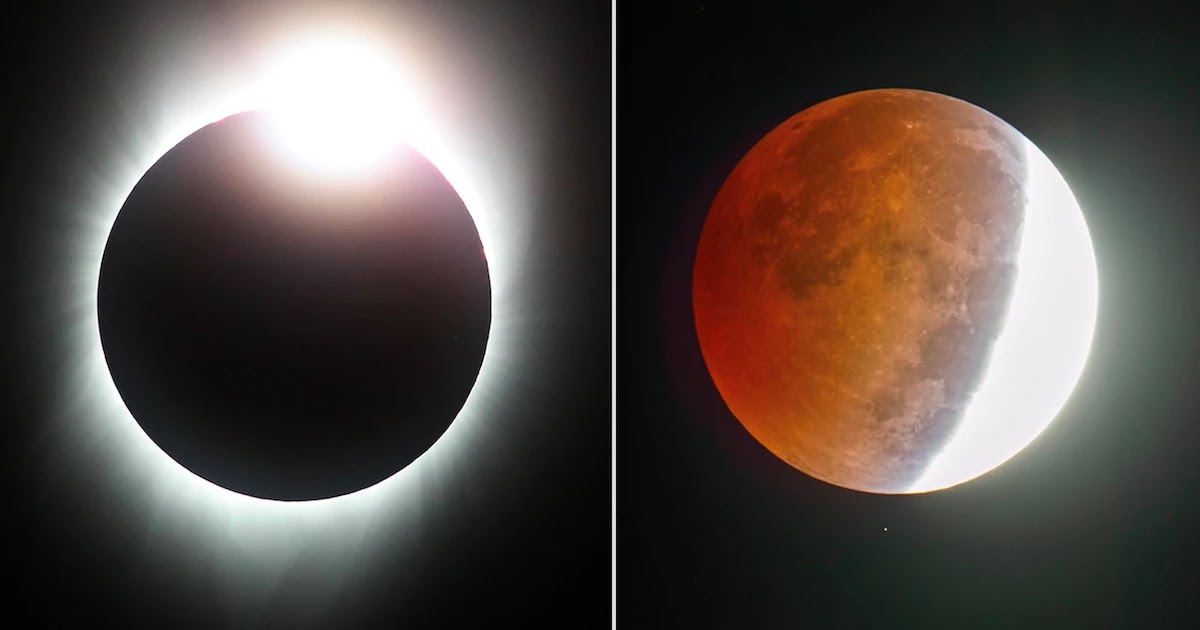
This year has been an absolute bonanza for stargazers with a huge number of celestial events already taken place. There has been three super-moons – in March, April and May and the peak of the ‘Eta Aquarids’ meteor shower – which has left many in awe of the heavens above us. Thankfully, there is so much more still to come if you missed any of the previous events.
We are due to experience six eclipses this year, and most exciting of all, we are due two full lunar eclipse on June 21st and on December 14th!
An eclipse occurs when the path of the moon passes in front of the sun, this then blocks out the light of the sun reaching earth in daytime, due to perspective, the size of the moon and size of the sun appear as if they are they the same and it almost looks like the moon is swallowing the sun – something ancient peoples used to imagine might actually be happening.
The difference between a full lunar eclipse and a ‘penumbral’ eclipse is that during a penumbral eclipse, the path of the moon only partially covers the sun, while in a ‘lunar’ eclipse, the moon perfectly covers the whole of the sun, and we can only see the ‘ring of fire’ around the moon’s darkened surface. At these times, even in hot summers days, parts of the earth can be plunged into darkness.
In order for a lunar eclipse to happen, all three bodies, the sun, the moon and the earth have to be perfectly aligned, and as we know the orbital patterns of these bodies we can predict long in advance when eclipses are going to happen.
Penumbral Lunar Eclipse:
The next penumbral solar eclipse will happen at the following times and places:
The June penumbral eclipse will be visible from Asia, Europe, Africa, Australia and some of Latin America on the 5th of June – starting at 17:45 GMT – Greenwich Mean Time. It will be at its peak – when the moon is covering the largest amount of the sun, at 19:24.
Annular Solar Eclipse:
The next solar eclipse will happen at the following times and places:
In central Africa, northern Pakistan, southern China and most of northern India, but partial views of the eclipse may be seen from south / south-east Europe, much of Asia and northern Australia. It will peak at 12:10 am GMT and last for around 3 hours.
Stargazers are warned that it is extremely dangerous to look at the sun or an eclipse without glasses as this can seriously, immediately and permanently damage your eyesight, and no, normal sunglasses do not offer protection. In order to look properly at the sun or eclipse, you need special eclipse glasses which are known to the special standard: ISO 12312-2. So be careful.
No matter where you are, keep in mind the dates and look forward to a mystical display. Just stay safe when doing so!













COMMENTS